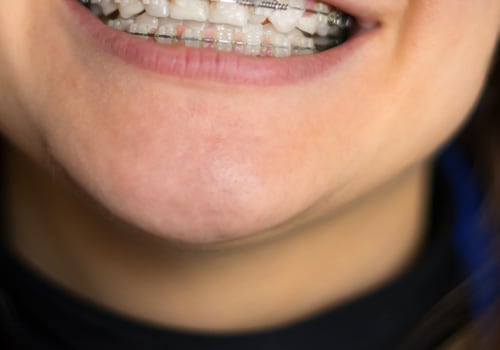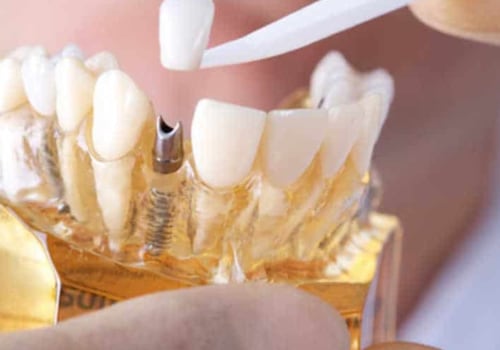Cosmetic dentistry is a broad category that covers a variety of dental procedures, some of which are easy to recognize as purely cosmetic, while others are more complex and can bring both aesthetic and functional benefits. Teeth whitening, porcelain veneers, dental implants, replacement of dark-colored fillings, complete mouth reconstruction, dental cosmetic bonding, inlays and onlays are all examples of cosmetic dentistry procedures. Dental cosmetic bonding is a strong tooth-colored resin applied to the affected area to repair or hide problems such as chipped, cracked, worn or discolored teeth. Inlays and onlays are made of a durable porcelain material and are used to repair moderate damage to the back teeth.
Tooth bonding is also considered a cosmetic procedure, but resin can be applied to a cavity to repair a decayed tooth. When considering any type of cosmetic dentistry procedure, it is important to ensure that your dentist has completed continuing education courses that keep them up to date on the latest techniques. For example, if you need a filling, an aesthetic dentist will tend to prefer composite materials to match the color of your tooth, and composite fillings are more expensive than amalgam fillings. Cosmetic dentistry can bring benefits to oral health and there are several areas where general dentistry and cosmetic dentistry overlap.
Traditional dentists may perform certain cosmetic procedures such as teeth whitening or laying overlays. Both general and aesthetic dentists will have earned a Doctor of Dental Surgery (DDS) or Doctor of Dental Medicine (DDM) degree. Beyond basic cosmetic procedures aimed at changing the appearance of a person, cosmetic dentistry procedures can restore the functionality of teeth and improve patients' self-confidence. If you want to enhance your smile, you should always seek the help of a cosmetic dentist as they are well versed in techniques that could improve your smile.



